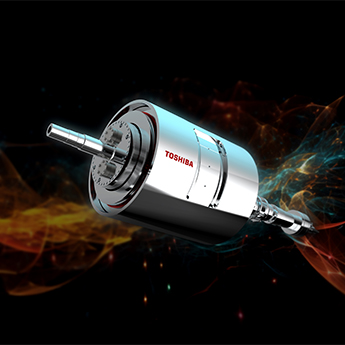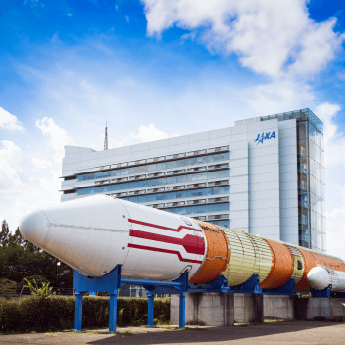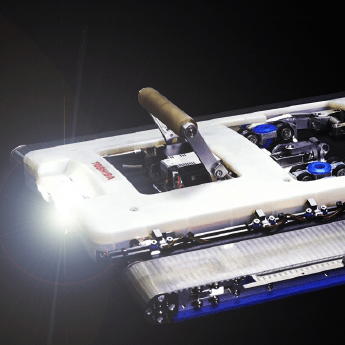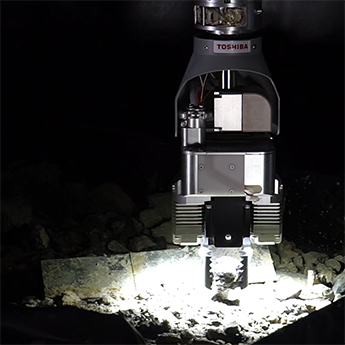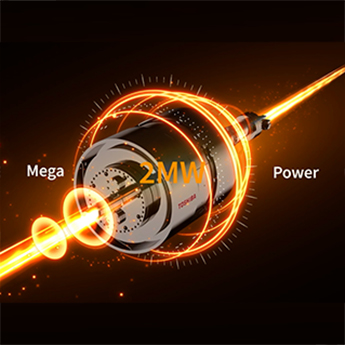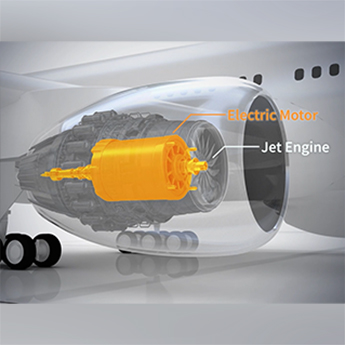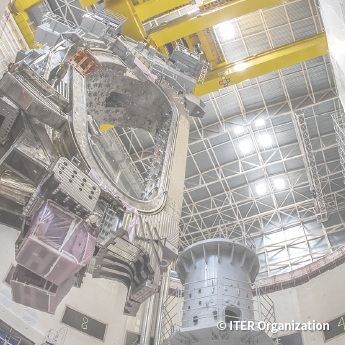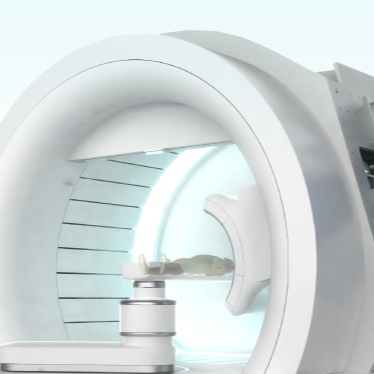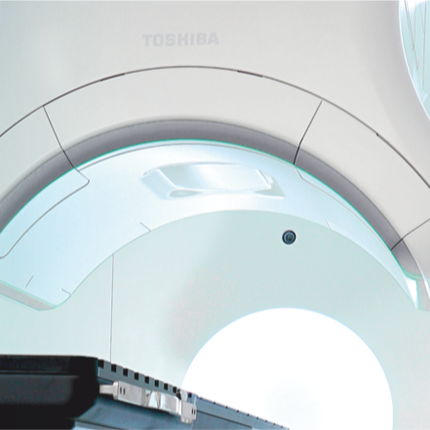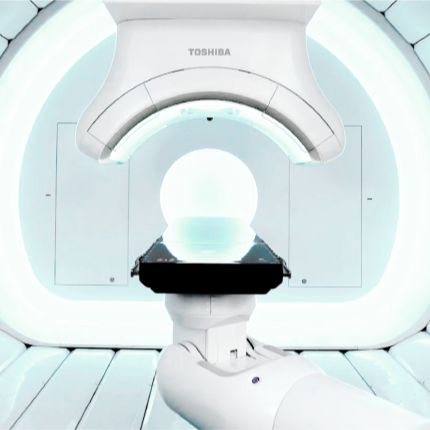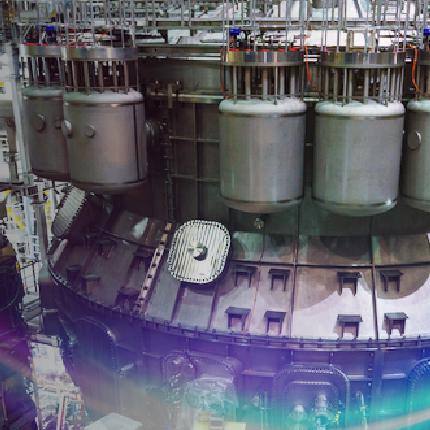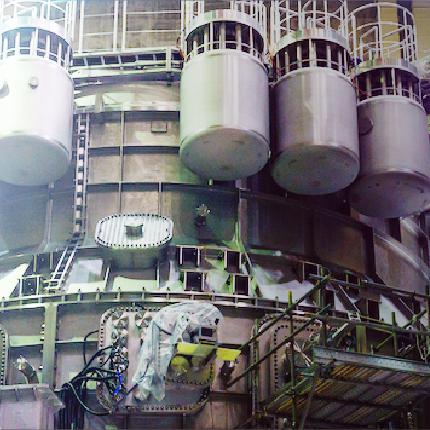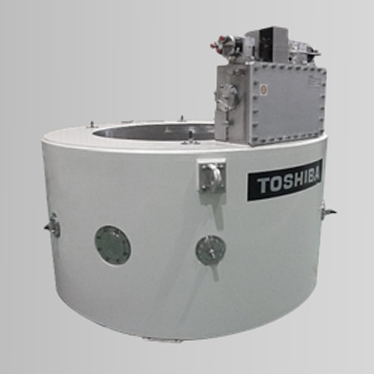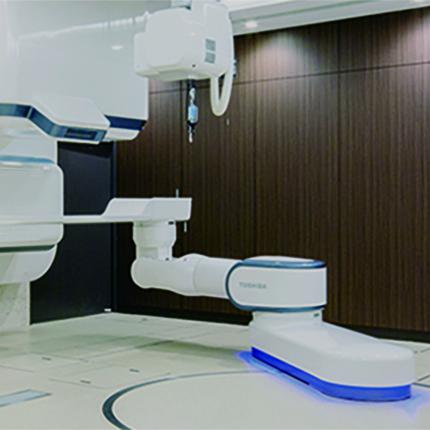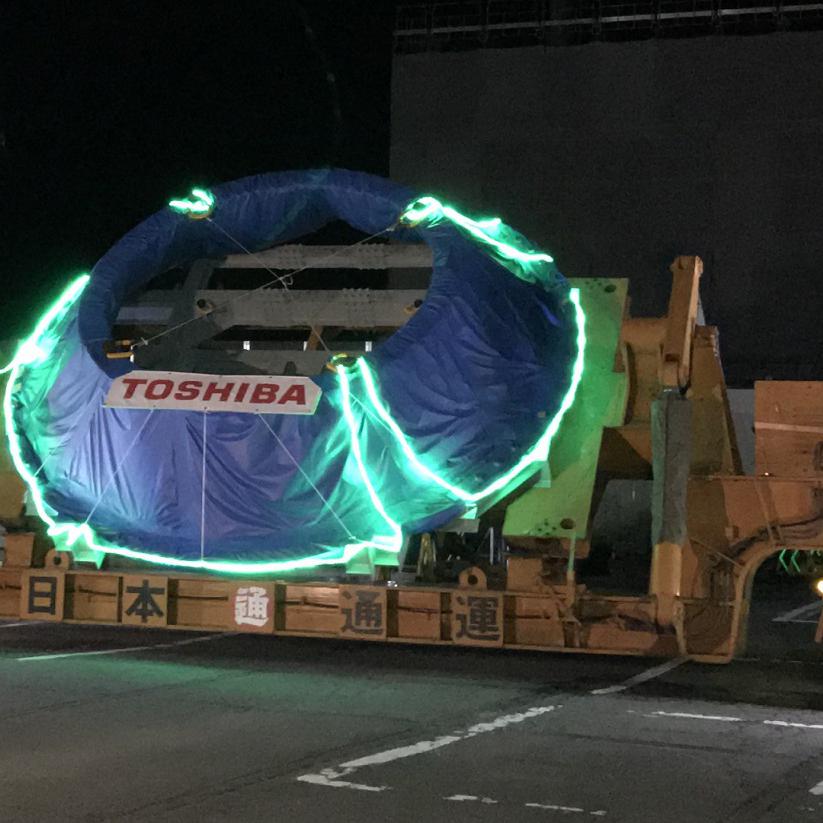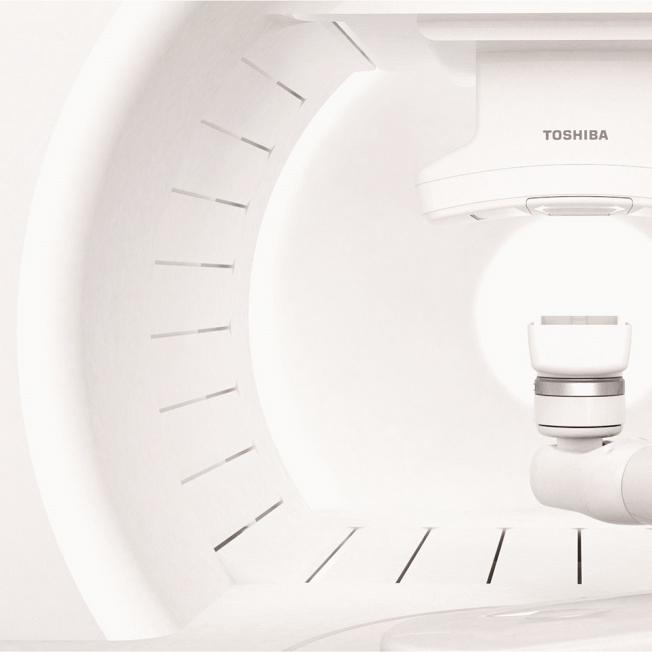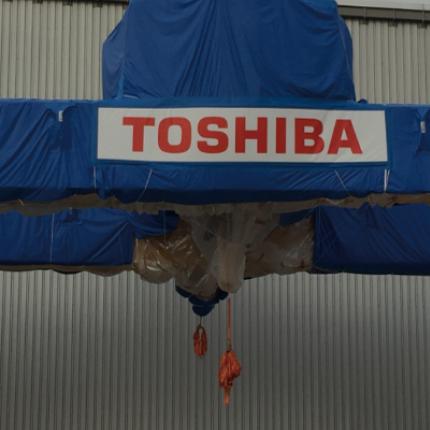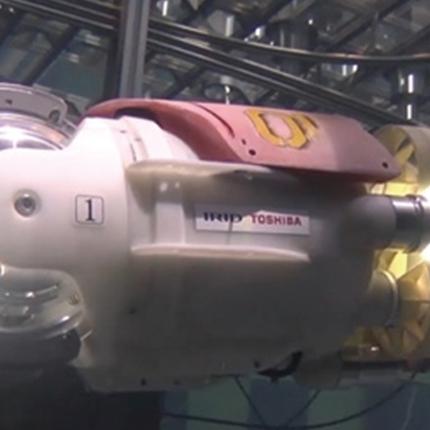Gantry delivery
The world's first Heavy ion beam rotating gantry using superconducting technologies
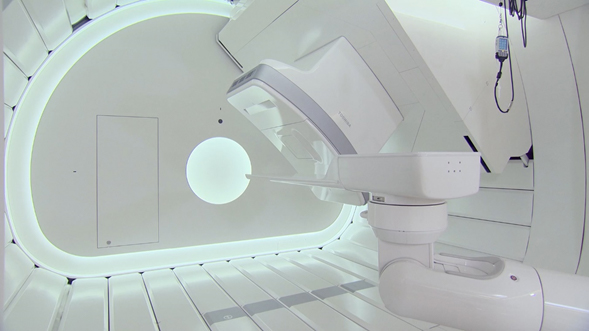
Potentials and challenges of Heavy ion therapy
"Cancer" is the top cause of death for worldwide. While cancer treatment methods continue to advance day by day, "Heavy ion therapy" has been gathering attention. This is a treatment method to irradiate accelerated carbon ions on tumors.
Compared to treatment using X-ray and gamma ray, Heavy ion therapy has a higher dose concentration level with a lower number of irradiations. Due to this, it can shorten the treatment period and reduce the burden on patients.
On the other hand, one challenge in the conventional type of Heavy ion therapy was the limit on irradiation angles due to the equipment design. When the irradiation needs to be minimized on normal organs, it is necessary to tilt patients in various positions, which causes great physical and mental burden on them.
The "Rotating gantry" enables to irradiate from any angle, but the conventional rotating gantry for Heavy ion therapy equipment was massive. So introduction to general medical facilities was difficult.
The world's first rotating gantry using superconducting magnets
We aimed to achieve safe treatment and downsize the equipment to reduce the burden on patients. NIRS/QST and Toshiba jointly developed a rotating gantry using superconducting magnets for the first time in the world. This Heavy ion rotating gantry that can irradiate tumors from various angles has been significantly reduced in size and weight (11m in diameter and 13m in length) compared to the conventional type (25m in length) by using Toshiba's superconducting magnets. The downsizing has enabled the equipment to be transported by using a general transportation method. The first one was successfully installed in the New Treatment Research Facility of NIRS in 2017.
Courtesy of the National Institutes for Quantum and Radiological Science and Technology/National Institute of Radiological Sciences
Appearance of the world's first rotating gantry using superconducting magnets
Courtesy of the National Institutes for Quantum and Radiological Science and Technology/National Institute of Radiological Sciences
Rotating gantry being shipped out
Courtesy of the National Institutes for Quantum and Radiological Science and Technology/National Institute of Radiological Sciences
Rotating gantry being shipped out in the night hours
Providing the latest technologies to everyone involved in treatment
Heavy ion therapy using the Toshiba rotating gantry commenced in May of 2017. The first treatment for a patient with the head and neck cancer, was performed by 16 fractions (4 weeks) and completed in June 2017. By finely adjusting the angle, this method can concentrate Heavy ion beam on the tumor while avoiding irradiation on normal organs. We have successfully achieved treatment causing less burden on the patients with high precision and natural positions for patients.
With the significantly downsized rotating gantry using superconducting magnets in this development, we can new introduce Heavy ion therapy equipment widely to general medical facilities. We have also improved the treatment efficiency by combining the rotating gantry and respiratory-gated 3D scanning irradiation. These new technologies will contribute to improving the irradiation precision, minimizing of treatment time and reducing of physical and social burden on patients.
This innovative "development of superconducting rotating gantry irradiation equipment for Heavy ion therapy" has been highly evaluated, and Toshiba and NIRS were awarded the Prize for Science and Technology (Development Category), the Commendation for Science and Technology by the Minister of Education, Culture, Sports, Science and Technology for 2017.




